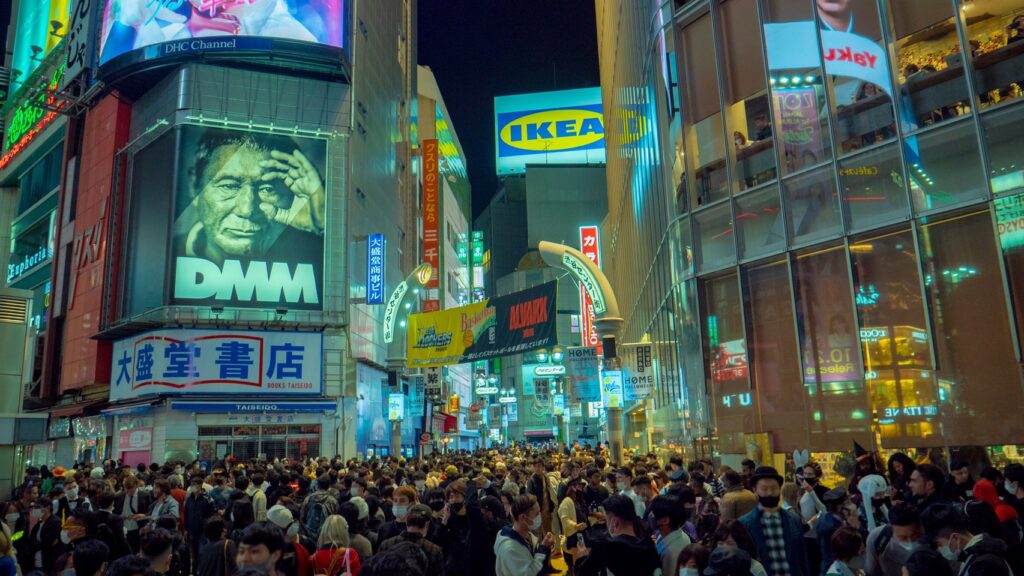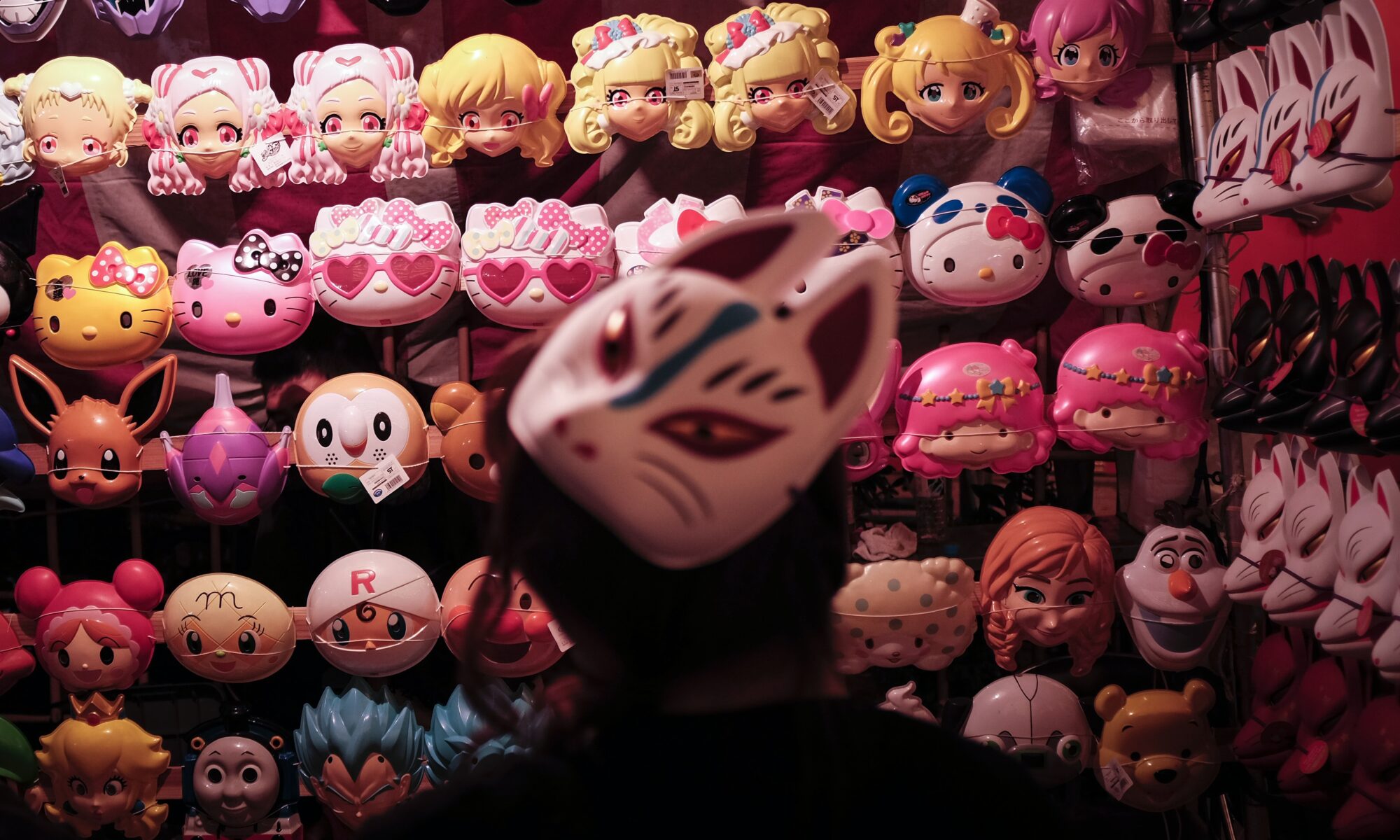Tokyo’s Complicated Relationship with Halloween
Japan, a country steeped in tradition and seasonal holidays, has a somewhat odd and longstanding fascination with Halloween.
Arguably, it makes sense on paper — the prevalence of cosplay, liberal open container laws and a voracious appetite for entertainment. It certainly puts the Japanese concepts of “honne 本音,” and “tatemae 建前” into an interesting juxtaposition as well.
In Tokyo, Halloween has evolved into an adult holiday, with street parties abound, but none more famous than what transpires in Shibuya. But, this year, its Mayor is officially spooked.
“This year we’re making it clear to the world that Shibuya is not a venue for Halloween events,” Ken Hasebe, Mayor of the Ward, told reporters this month at the Foreign Correspondents Club of Japan. “Please do not come to the Shibuya station area for Halloween.”
Hasebe said he understands that Halloween is a fun celebration around the world, but noted that a crowd crush like the one that killed about 160 people celebrating Halloween last year in Seoul’s Itaewon district could happen in Shibuya.
“The situation is much more serious than just over-tourism,” he said. “We’re talking about massive dumping of trash, arrests for molestation, voyeurism, property destruction.”
Most worrying to civic leaders is the prospect of crowds overwhelming Shibuya’s charming but cramped warren of bars, noodle joints and apparel shops.
“A fatal accident like Itaewon can happen here any time,” he said.
“Pent-up desire for self-expression and transforming oneself is far more powerful here than in the West.”
While Shibuya’s pre-pandemic Halloween crowds peaked at about 40,000 in 2019, authorities have been bracing for as many as 60,000 people to show up this month, Hasebe said. As much as 70% of the crowd, he estimated, would be non-Japanese. Katsuhiro Nishinara, a Tokyo University expert on crowd surges who has been advising Shibuya ward, called preparations “perfect,” and said authorities would focus on routing pedestrians through one-way corridors on shopping streets and subway stair exits.
Carving pumpkins, munching candy corn and toilet-papering houses never really took off in Japan. In fact, to many observers, Japan’s version of Halloween bears a closer resemblance to the original free-spirited, come-one-come-all, ancient community harvest festival it’s based on — albeit updated by urban youth.
Attempting to explain Halloween’s explosive popularity among young Japanese, a store manager told business magazine Toyo Keizai in 2015: “In school, Japanese are thoroughly hammered into conformity. So, the pent-up desire for self-expression and transforming oneself is far more powerful here than in the West.”
Kotaku’s attempt at documenting “How Halloween Became a Thing in Japan” is worth a read as well.

Shibuya initially welcomed the revelers, even setting up temporary restrooms and changing rooms, but the district reversed course in recent years as the crowding escalated to potentially dangerous levels.
Those who come to Shibuya at the end of this month will see a heavy police presence, meant to keep crowds flowing and orderly, aided by officers known as “DJ Police” stationed atop special mobile platforms, issuing a stream of gentle admonitions, occasionally in English: “Beware of pickpockets… please keep moving.”
For those who want to observe the festivities from a distance, live cameras stream the action at the Scramble crossing and the adjacent shopping and bar district, Center Gai, seemingly the least scary option by far.
This article includes reporting from the Associated Press and CBS News.
